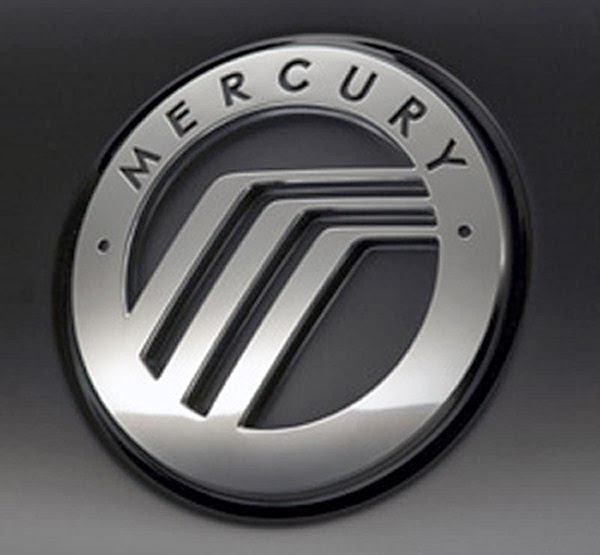Henry Ford transformed the automobile from a luxury of the wealthy to something any American with a good salary could afford. The Ford brand still markets to that type of customer. Not poor people, because poor people can't afford new cars, but that middle-class person who wants a nice vehicle but doesn't necessarily have the money for a luxury vehicle. Call them the aspiring middle-class.
Of course the Ford Motor Company didn't write off the upper end of the market. They formed the Lincoln brand to provide luxury cars to their more upscale customers. And slotted between those to was the Mercury name-plate. It was for the more prosperous members of the middle-class who were not among the rich but still could afford more than the basic transportation sold under the Ford name plate.
General Motors pursued the same strategy. Chevrolet was their entry-level brand. It was their version of the Ford nameplate, though both companies put a somewhat higher-end sports car in their lines (Corvette and Mustang). At the top end of course was Cadillac. Reflecting the size of the market in-between those two, GM had several brands including Buick, Oldsmobile, and Pontiac. Though Pontiac went sportier near the end, for much of the last century these three shared the same economic market- people who were not wealthy but could afford more than basic transportation.
Chrysler was smaller and a little different than the other two. It was always meant to be a high-end brand. They brought in the Plymouth name-plate to market their no-frills products. Dodge was more of a truck and large-car maker at first. Over time it sort of eased into Plymouth's role for cars, insuring the death of that brand. So Chrysler has a more mixed history. Neglecting all the AMC and Jeep ventures, it basically had a high end and a low end. Changes in this company are therefore not able to reflect my main point, which I am finally about to get to.
The changes in American name-plates reflects the economic changes in America. Not for the poor, because the poor were never able to afford new cars, but I mean changes in the middle class. There is less and less room for a continuum from the no-frills basic transportation of the low end brands to the opulent luxury of the high-end brands. You either are on top, or on bottom. All three companies look more like the Dodge-Chrysler model. They have the luxury end and the no-frills end, with less and less in-between.
Mercury is gone. So Ford sells Fords to the "aspiring middle class" and Lincolns to the wealthy, or the indebted pretentious who want to act like they are for as long as it lasts. GM has its own name-plate as sort of a catch-all, but Oldsmobile is gone and so is Pontiac. Buick is all that is left in the middle, and I read not too long ago that the average Buick driver was sixty-four. I am sure they are trying to change that, but the point is that we went from three brands marketed to the middle of the middle class and now we are down to one and it may be dying.
In addition to the loss of name-plates, what those plates mean is changing. Oh, the electronics are getting better. There is no doubt about that. But that makes up only a fraction of the cost of a vehicle. Years ago I had a 2008 Ford Escape. It was built on a shortened truck-chassis. It was rough-riding but rugged. It had large, fat tires and I felt completely comfortable taking it out on the mud-choked temporary access roads on a pipeline construction project where I was working. I sold it to a family member and it is still going strong today.
Recently we bought another vehicle, a 2016 "Ford Escape". Same make and model of car, but that's in name only. It is not built on a truck chassis. It is built on a Ford Focus chassis! It is basically a Ford Focus chassis with a lengthened and raised passenger compartment. It has smallish tires and I would never consider taking it on the construction roads where I unhesitatingly went in my "old" Ford Escape. Despite its superior electronics, mechanically the 2016 incarnation of that model is no match for its predecessor. They are changing what it means to be a "Ford Escape SUV" into something much more flimsy and bare-bones than it was even eight years before-hand.
The American Middle Class is bifurcating. There are those who are accelerating up and joining the "barely rich" and a much larger group which is slipping towards working-class status or worse. The changes in American name-plates autos reflects this truth, and by that barometer the gap is widening and the deterioration accelerating. I've written in this blog and in my books about the root causes, and what solutions are real and which ones are fake, but knowing the solutions is not the same as being in a position to implement them. All I can do is mourn the loss while I document the inevitable decline of the greatest middle class in human history.



No comments:
Post a Comment